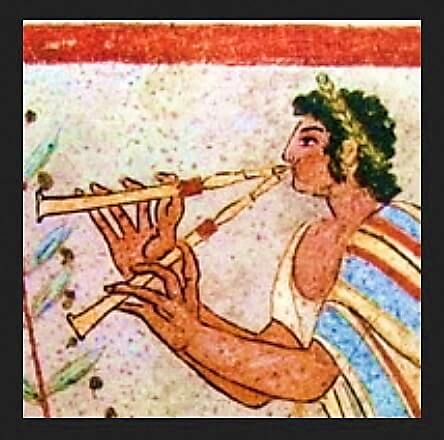 Whimsical Woodwinds and Boisterous Brass
Woodwinds and Brass
Whimsical Woodwinds and Boisterous Brass
Woodwinds and Brass

 Whimsical Woodwinds and Boisterous Brass
Woodwinds and Brass
Whimsical Woodwinds and Boisterous Brass
Woodwinds and Brass

Study the musical selection for one week.
Over the week:
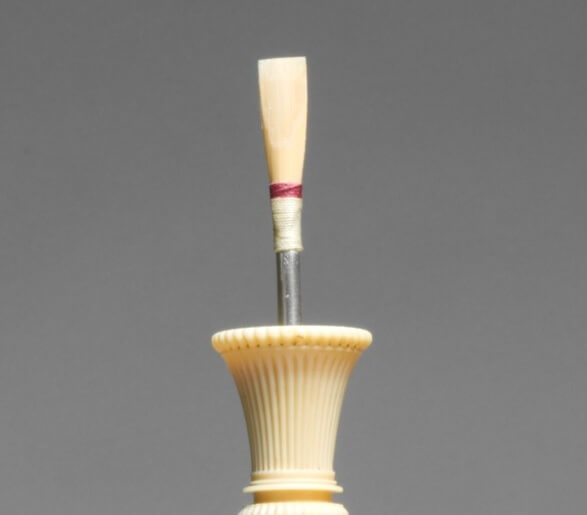
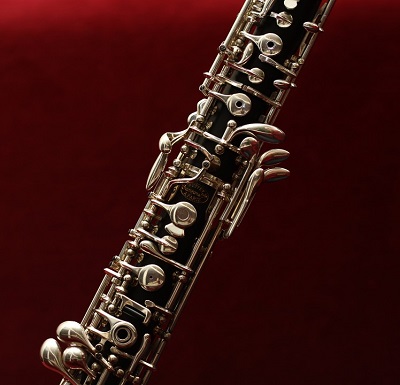
Activity 1: Study the Parts of an Oboe
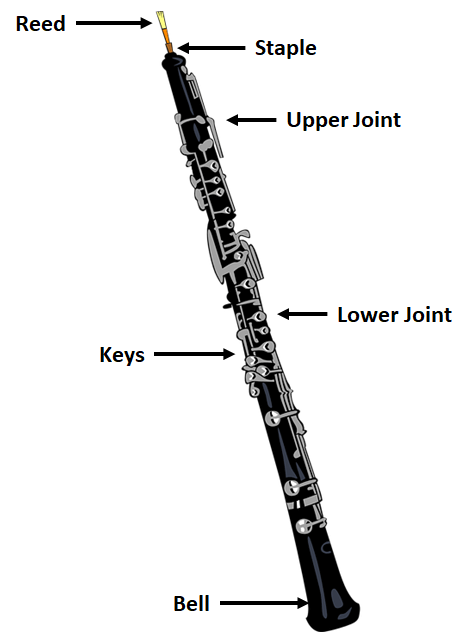
Activity 2: Study How to Hold and Play an Oboe
Examine the picture of the oboist and answer the following questions:
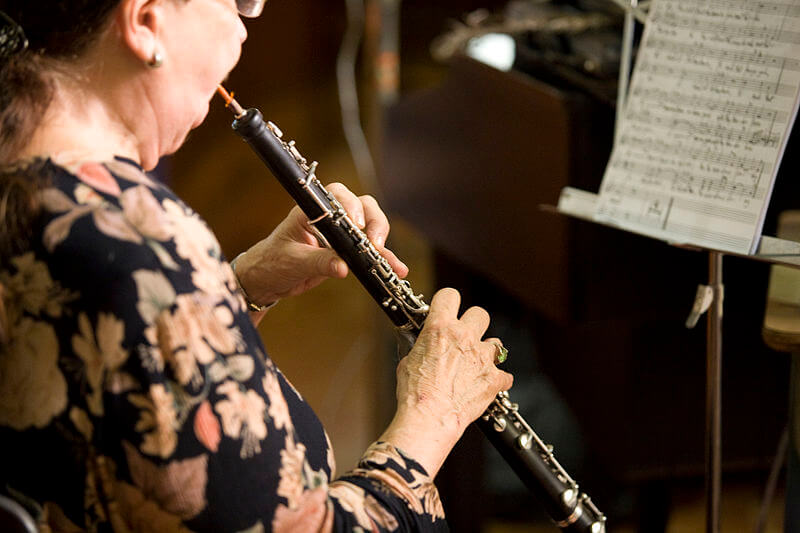
Activity 3: Quiz Yourself: Identify Oboe Parts
Quiz yourself, and identify the following parts from memory on the oboe diagram:
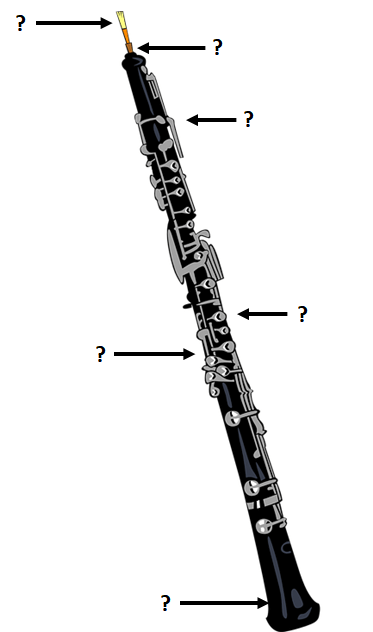
Activity 4: Can You Find It?
Study the lesson image, 'The Tomb of the Leopards - Etruscan Painting,' by an unknown artist, and find the following:
